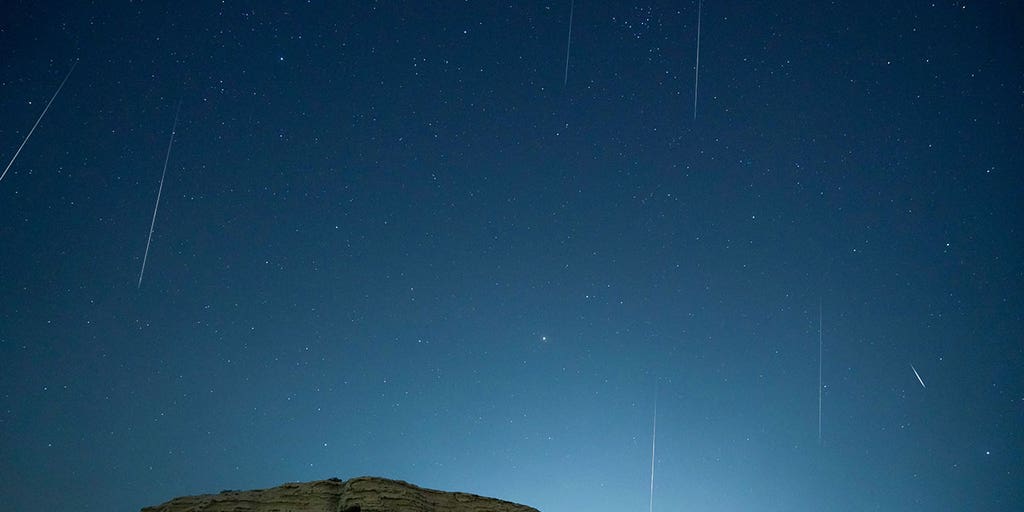Experience the December Stargazing Phenomenon
Witness the breathtaking full Moon near Christmas and the spectacular Geminid Meteor Shower that marks the conclusion of 2023.
In December, stargazers eagerly await the Geminid meteor shower, considered one of the most spectacular meteor showers of the year. This celestial event occurs when the Earth passes through the particles and debris of the asteroid 3200 Phaethon.
NASA has revealed that the Geminids are distinct from other meteor showers as they are linked to an asteroid rather than a comet. However, 3200 Phaethon is a mysterious entity that continues to perplex astronomers.
A recent study published in April, uncovered an unusual feature of the asteroid. It was discovered that Phaethon’s tail is not comprised of dust like typical comets. Instead, it is primarily composed of sodium gas, which is an exceptionally rare occurrence. This atypical behavior raises questions about how Phaethon serves as the source of material for the Geminid meteor shower. Hopefully, the upcoming Japanese spacecraft mission, DESTINY+, may bring some clarity to this enigma during its flyby of the asteroid.
The identity and classification of 3200 Phaethon remain a topic of intrigue. While it displays comet-like characteristics, it is currently categorized as an asteroid. This intriguing celestial entity may indeed be a “dead comet” or a unique object known as a “rock comet,” according to NASA.
Discover More: December’s Stargazing Marvels: The Geminid Meteors, a Christmas Full Moon, and Star-Moon Alignments
A meteor streaks across the night sky in Bazhou, Xinjiang Province, China, in the early morning of December 14, 2021. (Xue Bing / Costfoto / Future Publishing / Getty Images)
This year, the Geminid meteor shower will grace the skies from December 4th to 17th. With peak activity expected on December 13th and 14th, stargazers can anticipate up to 150 meteors per hour under favorable conditions.
Named after the Gemini constellation, the meteors appear to emanate from this constellation, even though their origins lie elsewhere.
Insider’s Guide: Observing the Geminid Meteor Shower
For an optimal stargazing experience, it is crucial to have an unobstructed view of the sky, away from the glare of city lights. Upon stepping outside, allow your eyes to acclimate to the darkness; this process can take up to 40 minutes.
Astronomers using a telescope. (Unistellar / FOX Weather)
According to NASA’s Gordon Johnston, a wide field of vision and allowing your eyes to adjust are equally critical for optimal meteor sighting.
“Your color-sensing cone cells are concentrated near the center of your view with more of the rod cells on the edge of your view,” he explains. “Since some meteors are faint, you will tend to see more meteors from the “corner of your eye” (which is why you need to view a large part of the sky). Your color vision (cone cells) will adapt to darkness in about 10 minutes, but your more sensitive night vision rod cells will continue to improve for an hour or more (with most of the improvement in the first 35 to 45 minutes).”
During certain meteor showers, the presence of the Moon can overshadow the spectacle. However, for this year’s Geminids, the waxing crescent Moon on December 13th will not obstruct meteor viewing. Between December 13th and 14th, a mere 1-3% of the Moon’s light will illuminate the night sky.
On the East Coast, prime meteor-spotting hours will commence after 8:30 p.m. on December 13th, as recommended by NASA.


